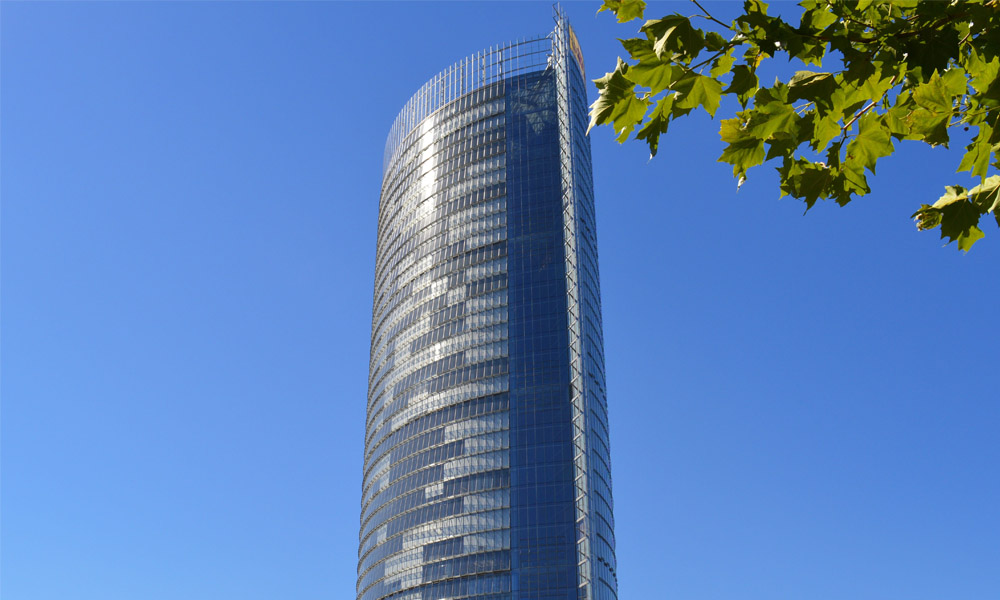

The Art of Decorative Glass Frosting
Decorative glass frosting has emerged as a popular design choice in both residential and commercial spaces. This technique involves the application of a frosted finish to glass surfaces, creating an elegant and stylish aesthetic while providing privacy and diffusing light. In this article, we will explore the various aspects of decorative glass frosting and its benefits.
Understanding Glass Frosting
Glass frosting can be achieved through several methods, including chemical etching, sandblasting, and the use of frosted films. Each technique offers unique results, but all share a common goal to obscure visibility while still allowing light to penetrate. This graduated transparency can create a soft, diffused effect that can enhance the ambiance of a space.
Chemical Etching This involves applying an acid solution to the glass surface, which removes a thin layer, creating a matte finish
. This method is often used for permanent installations where durability is key.Sandblasting In this process, sand is propelled at high speeds against the glass to achieve the desired texture. Sandblasting allows for intricate designs and patterns, offering a more customized approach to glass frosting.
Frosted Films For a more temporary solution, frosted films can be applied to standard glass. These adhesive films mimic the appearance of frosted glass, providing similar benefits without the permanence of other methods. They're a popular choice for renters or those looking to update their décor easily.
Benefits of Decorative Glass Frosting
1. Privacy One of the primary reasons people opt for glass frosting is the privacy it provides. Frosted glass obscures visibility from outside, making it ideal for bathrooms, office partitions, and conference rooms.

2. Light Diffusion Frosted glass allows natural light to enter while minimizing glare. This characteristic can enhance the lighting quality in a room, creating a softer and more inviting atmosphere.
3. Aesthetic Appeal Decorative glass frosting adds a touch of sophistication and elegance to any setting. It can serve as a decorative feature, complementing modern and traditional design styles alike. With the option to customize patterns or designs, glass frosting offers endless creative possibilities.
4. Energy Efficiency Frosted glass can contribute to energy efficiency by helping to regulate indoor temperatures. The frosting can reflect some of the sun's heat, keeping interiors cooler during hot weather.
5. Easy Maintenance Unlike traditional drapes or blinds that require regular cleaning, frosted glass is easy to maintain. A simple wipe-down with a glass cleaner is often sufficient to keep it looking pristine.
Applications of Decorative Glass Frosting
Frosted glass is versatile and can be used in various applications. Common uses include shower doors, office partitions, windows, and decorative panels in doors. In commercial spaces, businesses often use custom designs to promote their brand while maintaining customer privacy.
Conclusion
Decorative glass frosting is more than just a functional solution for maintaining privacy; it is an art form that enhances design while providing practical benefits. Whether you're refurbishing your home, designing a new office space, or simply looking to add a unique touch to your décor, glass frosting offers an array of possibilities. With its blend of aesthetics and utility, it's no wonder that this technique continues to gain popularity in contemporary interior design.